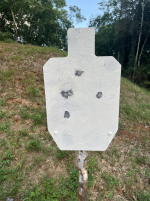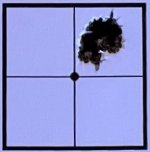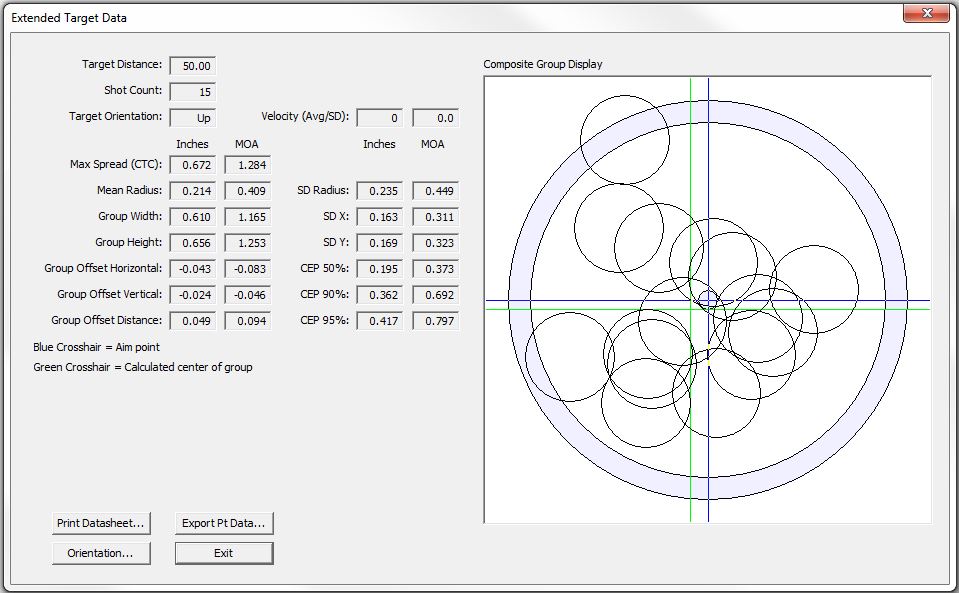What's sad is, while I obviously don't buy much, if any, of the node/OCW stuff... I have to admit that I don't think that totally gets every one of us off the hook from shooting a ladder now and again depending on what you're looking for.
Because, (related to what @Cascade Hemi is saying) I DO believe there are better charges than others for a given cartridge, better (not optimum lol) fuel to volume ratios/case fill amounts, that work better than others that you can see downrange if you're willing to shoot enough rounds to hopefully know you're actually seeing something real and not just noise.
But, again, I'm not talking about any specific/magic charge weight that's magically better than others, just a ratio/zone where vertical stringing seems to be lessened, and where the rounds may appear to clump together, which is a clue as to a safer/better place to park yourself as temperatures change throughout the course of a day/match.
Ironically, in my experience this seems easier to discover when shot at distance, say 400-600 yards, and far harder to tell if you're bullshitting yourself or looking at noise when shot at 100... but, the distance also adds noise due to all the extra shooter and weather-induced variables that could fuck things up... so at best it's far closer to a hunch than gospel.
For the "good enough for PRS" accuracy I'm looking for (i.e. minute-of-tennis ball at 600, softball at 750, cantaloupe at 1000), jumping at least 0.040" off the lands or more (these days usually ~.100" off in 6mm with 112gr Match Burner VLD's), I don't even worry about the ladder stuff anymore unless my waterline looks all wonky.
Because, (related to what @Cascade Hemi is saying) I DO believe there are better charges than others for a given cartridge, better (not optimum lol) fuel to volume ratios/case fill amounts, that work better than others that you can see downrange if you're willing to shoot enough rounds to hopefully know you're actually seeing something real and not just noise.
But, again, I'm not talking about any specific/magic charge weight that's magically better than others, just a ratio/zone where vertical stringing seems to be lessened, and where the rounds may appear to clump together, which is a clue as to a safer/better place to park yourself as temperatures change throughout the course of a day/match.
Ironically, in my experience this seems easier to discover when shot at distance, say 400-600 yards, and far harder to tell if you're bullshitting yourself or looking at noise when shot at 100... but, the distance also adds noise due to all the extra shooter and weather-induced variables that could fuck things up... so at best it's far closer to a hunch than gospel.
For the "good enough for PRS" accuracy I'm looking for (i.e. minute-of-tennis ball at 600, softball at 750, cantaloupe at 1000), jumping at least 0.040" off the lands or more (these days usually ~.100" off in 6mm with 112gr Match Burner VLD's), I don't even worry about the ladder stuff anymore unless my waterline looks all wonky.






